Mexico’s President Claudia Sheinbaum signals possible tariffs on China as part of the Plan Mexico initiative, reshaping trade policy and protecting national industries amid shifting global economics.
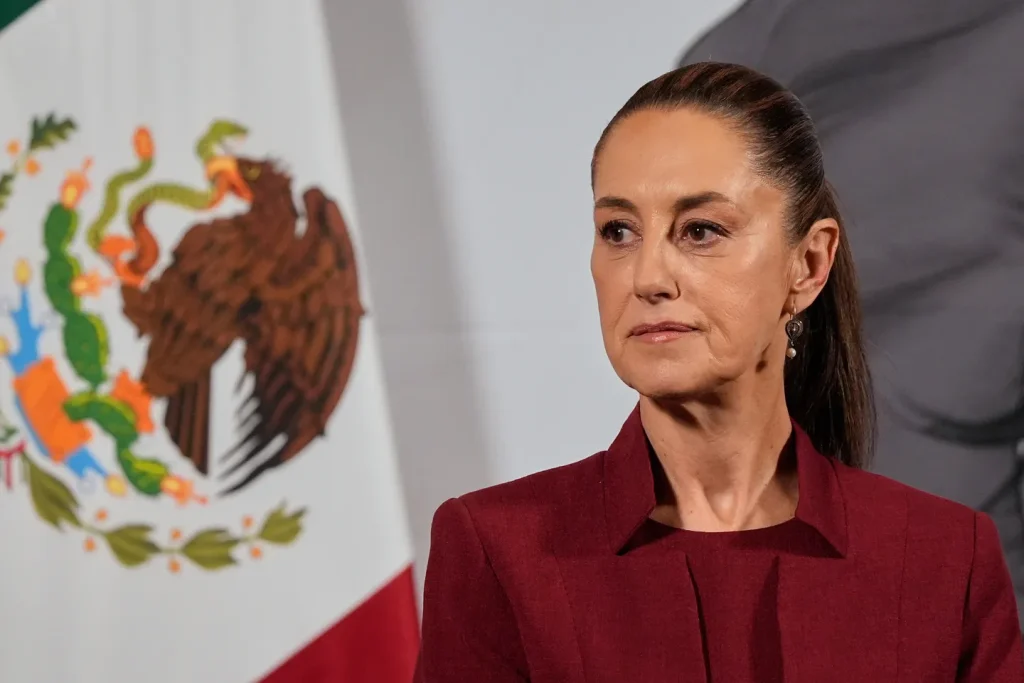
A New Trade Doctrine
Mexico is preparing a potential shift in its trade policy under the ‘Plan Mexico’ initiative, with President Claudia Sheinbaum confirming that tariffs may be imposed on countries without formal trade agreements. The proposal would notably affect China, one of Mexico’s fastest-growing trade partners but also a competitor in key industries.
Sheinbaum said the move was designed to protect Mexico’s manufacturing sector and strengthen national competitiveness. “We cannot leave our industries vulnerable to unfair practices,” she told reporters in Mexico City.
Why China Is in Focus
China has become a central player in Latin America’s trade networks, exporting billions in manufactured goods while investing in regional infrastructure. But Mexican officials argue that the lack of a bilateral trade deal creates an uneven playing field.
Mexico, already bound by trade agreements such as the USMCA (United States-Mexico-Canada Agreement), must abide by strict standards. China, without such frameworks, enjoys easier access to Mexico’s growing consumer market.
Sheinbaum emphasized that the tariffs would not be punitive but rather corrective, designed to align trade flows with Mexico’s broader economic strategy.
Protecting Domestic Industry
At the heart of Plan Mexico is a pledge to strengthen domestic industries, particularly automotive manufacturing, textiles, and electronics. These sectors are under pressure from cheaper imports that undercut local producers.
Analysts say the move reflects Mexico’s desire to balance openness with protection. “Mexico is signaling that it won’t allow itself to be flooded with low-cost imports at the expense of its industrial base,” said Alejandro Villalobos, a Mexico City–based trade expert.
The tariffs could also serve as leverage in future negotiations with Beijing, potentially opening the door to a formal Mexico-China trade agreement.
Global Trade Implications
The potential tariffs come at a time of heightened geopolitical tensions in global trade. The United States, Mexico’s top trading partner, has long pressured allies to curb dependence on China. Mexico’s move could be seen as aligning with Washington’s efforts to counter Chinese influence in the Americas.
However, experts warn that the policy could trigger retaliation. China has used tariffs in the past to respond to similar measures, potentially targeting Mexican exports of agricultural products, raw materials, or energy.
Sheinbaum’s Economic Balancing Act
President Sheinbaum has promoted Plan Mexico as a bold roadmap for economic sovereignty. It aims to expand trade diversification while shielding local industries from external shocks. Her government insists that Mexico will remain open to international investment but will do so on “fair terms.”
“Mexico is not closing itself off,” Sheinbaum said. “We are redefining how we engage globally, ensuring our workers and producers benefit.”
Her administration faces the delicate task of maintaining robust ties with both the United States and China while asserting Mexico’s independent trade agenda.
Domestic and International Reactions
Reactions inside Mexico have been mixed. Business leaders in manufacturing hubs such as Monterrey and Guadalajara cautiously welcomed the proposal, saying it could level the playing field. Others fear tariffs could raise consumer prices and risk supply chain disruptions.
Internationally, the announcement has already attracted scrutiny. US officials privately expressed support, seeing alignment with their own trade posture toward China. Meanwhile, Beijing has yet to issue a formal response.
Looking Ahead
The Mexican Congress is expected to debate the framework of Plan Mexico in the coming months. Analysts say much will depend on whether Sheinbaum uses the threat of tariffs as a negotiating tool or implements them outright.
Either way, the initiative signals a new era in Mexico’s trade policy, one that could reshape its role in both Latin American and global markets.

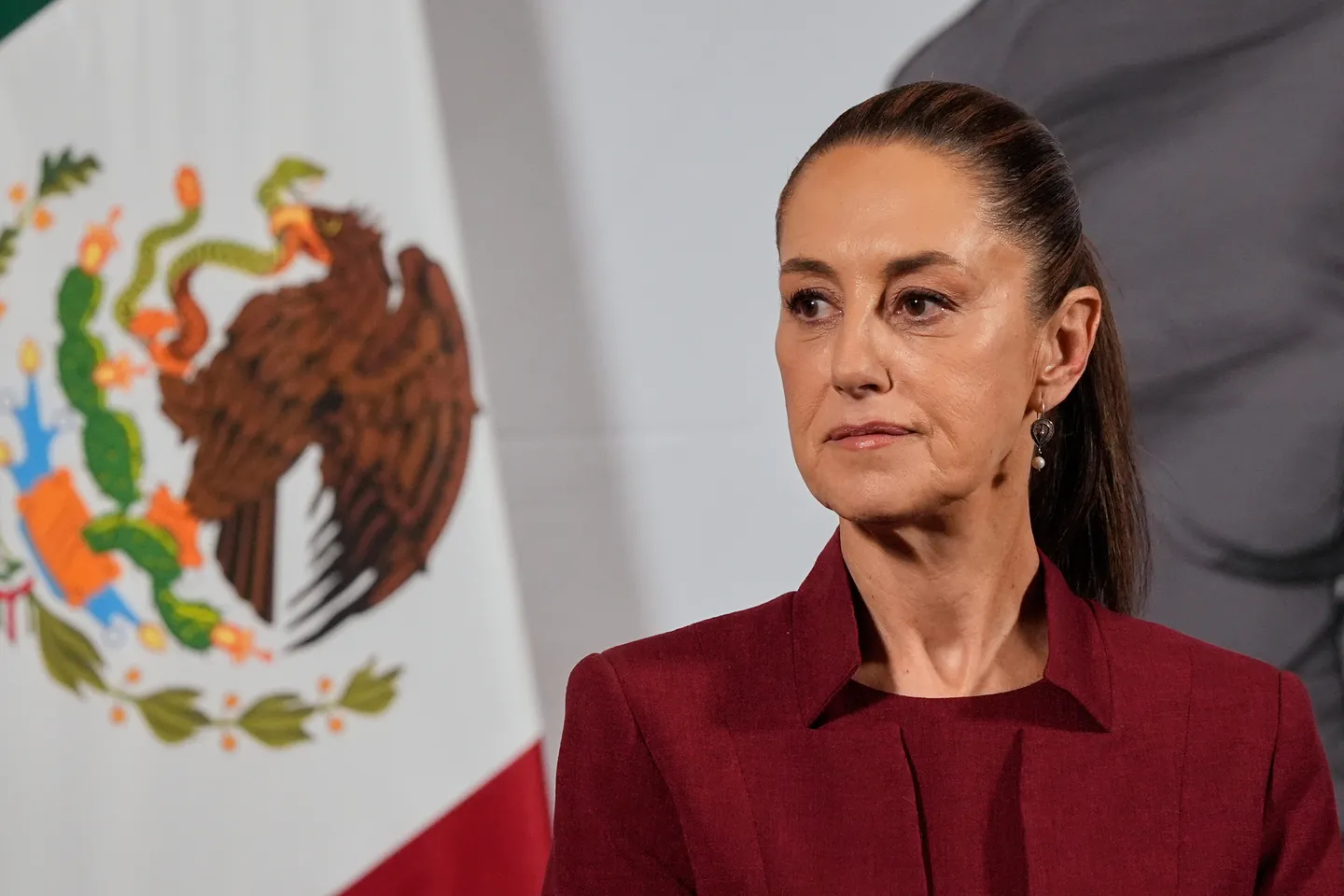



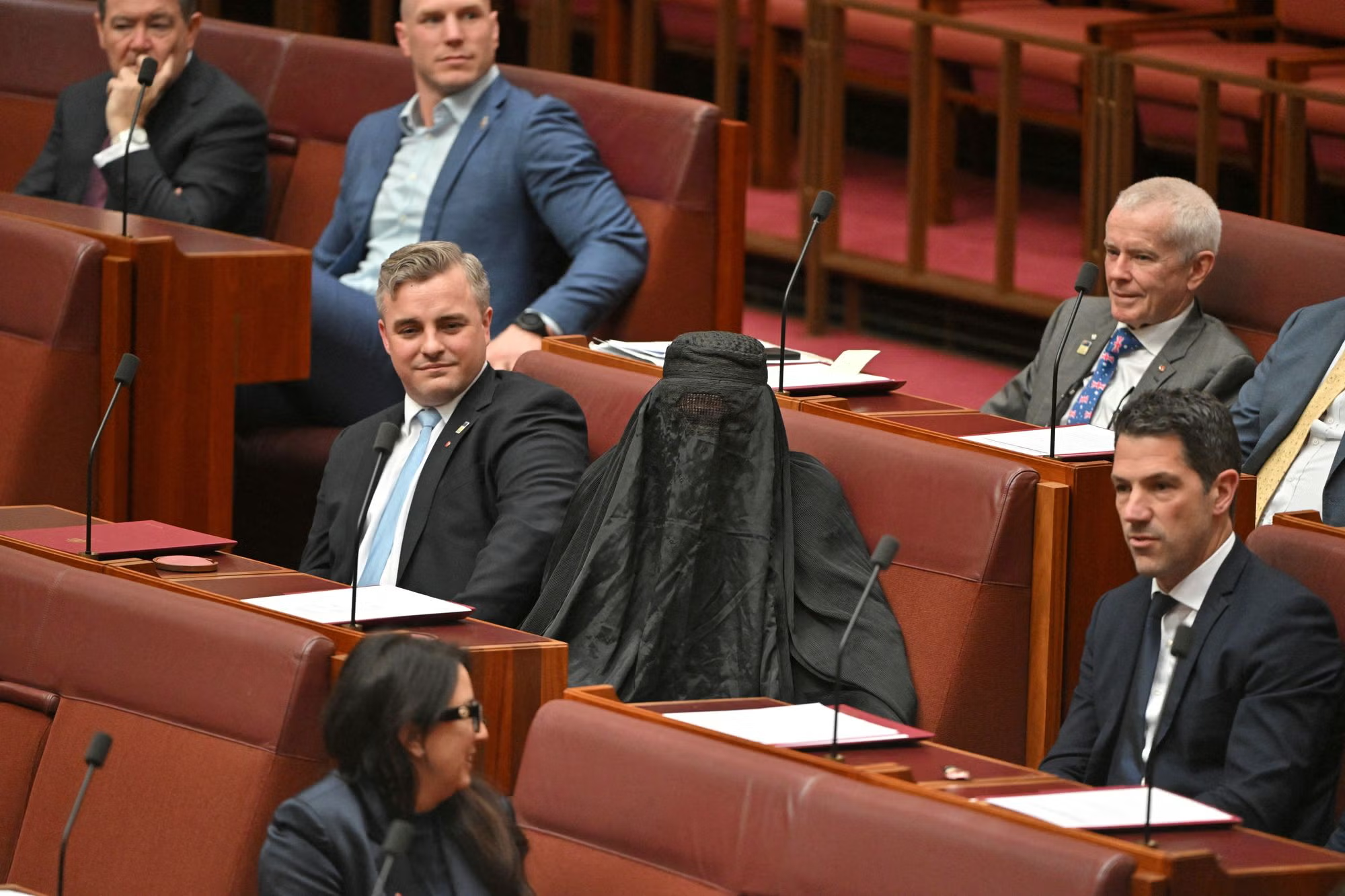

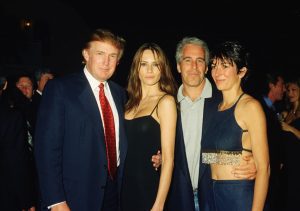

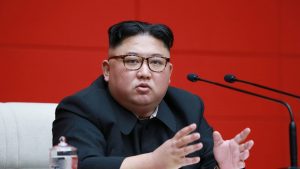
Comments are closed.